Thousands of women are currently battling with symptoms of endometriosis (a disease where tissue similar to the lining of the uterus grows outside the uterus causing pain and/or infertility) but riding them off for just being a painful period. There is nothing normal about being unable to function because of illness at ‘that time of the month’ - debilitating cramps, bloating, fainting, nausea, fatigue, heavy flow, bowel issues - nor is it normal for us not to speak more openly about the long winded journey to diagnosis.
Two (of a good handful of) women working at Go-To, currently navigating different stages of the incurable illness that is endo, kindly recounted how much of an impact this condition has had on their life, relationships, work, finance, mental and physical health. All in the hope that we can be that source of validation and closure for any other uterus haver-er feeling like they’re in it alone.
Introducing Hannah White (24), Go-To’s Community Coordinator, that is, one of the very personable and patient humans responding to all your skincare queries via email, Instagram, Facebook, TikTok, live chat and carrier pigeon. Beside living and breathing the brand, Hannah’s a Taylor Swift stan who loves a bold coloured shirt and sugary snacks.
Over to Go-To’s Creative Lead, Kate Jennings (33), who works across all three brands to dictate the look and feel of every campaign. After arriving at the office with wet hair and 300kgs of swimming gear, you can most likely find Kate drawing cartoons for Gro-To or finalising assets for upcoming Go-To launches. Oooo!
A lot of people will resonate with Hannah when she says it’s only really been the last two(ish) years that conversations on endo have really opened up. “I had actually never heard the term ‘endometriosis’ until I came across it while researching bad period pain causes one (sad) night as a teenager. It took me a couple of years after this to fully grasp what it was, and it’s something I’ve had to put a lot of research and self-learning into. The women in my life didn’t know much about it either. I spent a lot of time on Google, Youtube, and even Reddit just trying to figure out everything I could and decide whether I fit into the endo category (spoiler: I did).”
In speaking with Kate too she was adamant - before we got into the nitty gritty detail - about educating others on the fact that endo isn’t just a ‘women's disease’. “It can in fact affect all people including cis-women, non-binary people, gender non-conforming people, trans people, intersex people and yes, even cis-men. That’s something that me and the people closest to me definitely weren’t aware of and it’s something I really want more people to understand. It’s not just a bad period. It’s a whole body disease.
I had my first laparoscopy and official endo diagnosis only two months ago, but I had my first period when I was 12…The fact that I’ve been living with not one but two chronic illnesses (that’s right, I’m one of the lucky ones who not only has endometriosis but also, in my doctor’s words, severe adenomyosis) is truly wild. At 16 years old, I shouldn’t have just been put on the pill to take care of the fact that I was bleeding for 3 weeks at a time. And, hating that I had pimples because of it, but I could just sweep them under my emo fringe - Alexa, play Ohio Is For Lovers (IYKYK).“
For Hannah, her story is just as unforgiving, and drawn out. “I got my first period when I was 12, started seeing doctors about my pain when I was 14, and received an official diagnosis of endometriosis right before I turned 24. I saw many, many doctors during my teenage years who didn’t take my pain seriously, which in turn caused me not to take it seriously either. I ended up convincing myself that I was just dramatic and had a low pain-threshold. I stopped telling people about the pain and was really ashamed of it.”
Following an ill-fated recommendation from a GP in 2021, it was a switch to a lower strength contraceptive pill that had Kate rushing to the ER in agonising pain just six weeks later. An array of symptoms that had been lying dormant, masked by the pill, were suddenly awakened and angry. “After having every test imaginable, I was told it was probably endometriosis, but that couldn’t be confirmed without laparoscopic surgery and that the earliest I could see someone to talk about the possibility of this surgery was May 2022. No worries! I’ll just go back on the pill! Except now, the pill doesn’t work.
The pain of endo and adeno can be all consuming. I’m sitting here, trying to explain my experience but I’m having a hard time regulating my breathing. Not because I’m feeling anxious (thanks therapy!) but because I have diaphragmatic endo, which feels like a really really really bad stitch - like a knife twisting through your ribs. For years I actually thought it was a stitch and that I was so unfit that I got stitches while sitting. You know, despite the fact that I swim 20-30km a week (when I’m not recovering from surgery), I still explained these symptoms away as me not being fit enough. Not me having internal bleeding in my diaphragm!”
To dispel a few more myths for you, the pain of endometriosis isn’t exclusive to menstruation. Hannah touches on how ovulation brings a lot of discomfort too, brain fog is common, making work and study a bit of a slog, and hormonal acne knocks your self-confidence around quite regularly. “The hardest part of this journey for me has been the mental aspect, and having to continually explain and advocate for myself not only to doctors but also to friends and family. It can be really overwhelming to rehash such personal experiences and hope that people will take me seriously”, explains Hannah.
For Kate it’s constant pelvic pain, stomach swelling and pain during sex. Every time. There is no relief. “A lot of people do receive relief after their surgery, but endometriosis is a persistent little jerk and grows back. For people in my situation it’s a case of… deal with the pain and hope that you can somehow fall pregnant and carry a child to term and once you’ve finished reproducing you can get your uterus removed. That is, if you can convince your doctor to do that. But that’s a different issue altogether. I’ve never been keen on children, so the idea that I have to deal with this pain just incase I change my mind feels pretty unfair.”
Endometriosis is shockingly under-funded and under-researched, so we need to be having these (hard) conversations, opening up the discourse on treatment, and ensuring the Hannah’s and Kate’s of the world feel much less alone in living with this illness. Just because someone doesn’t look sick, doesn’t mean they aren’t suffering. With a reported 1 in 9 (predominantly AFAB) individuals affected by endo*, there’s no doubt someone in your inner circle of friends, family, colleagues, hairdressers, pilates instructors, is just waiting to be asked ‘how are you going’ or ‘what do you need’.
Menstrual leave is already in place in a lot of countries like Spain, Japan, China, South Korea, meaning individuals who experience chronic reproductive pain are granted additional days of sick leave each month to nurture their overall wellbeing in and out of the office. While we lobby for these mandates to gain greater traction in Australia, what you can do is familiarise yourself with some of the incredible, emerging endo creators helping to articulate and advocate the life-impacting disease: @bridgethustwaite, @endogram, @the_endo_space.
If there’s one thing you take away from this conversation (read: emotional dumping), it’s to honour your pain and not minimise it, trust your gut if and when something doesn’t feel right, and really push for the right answers from health professionals.


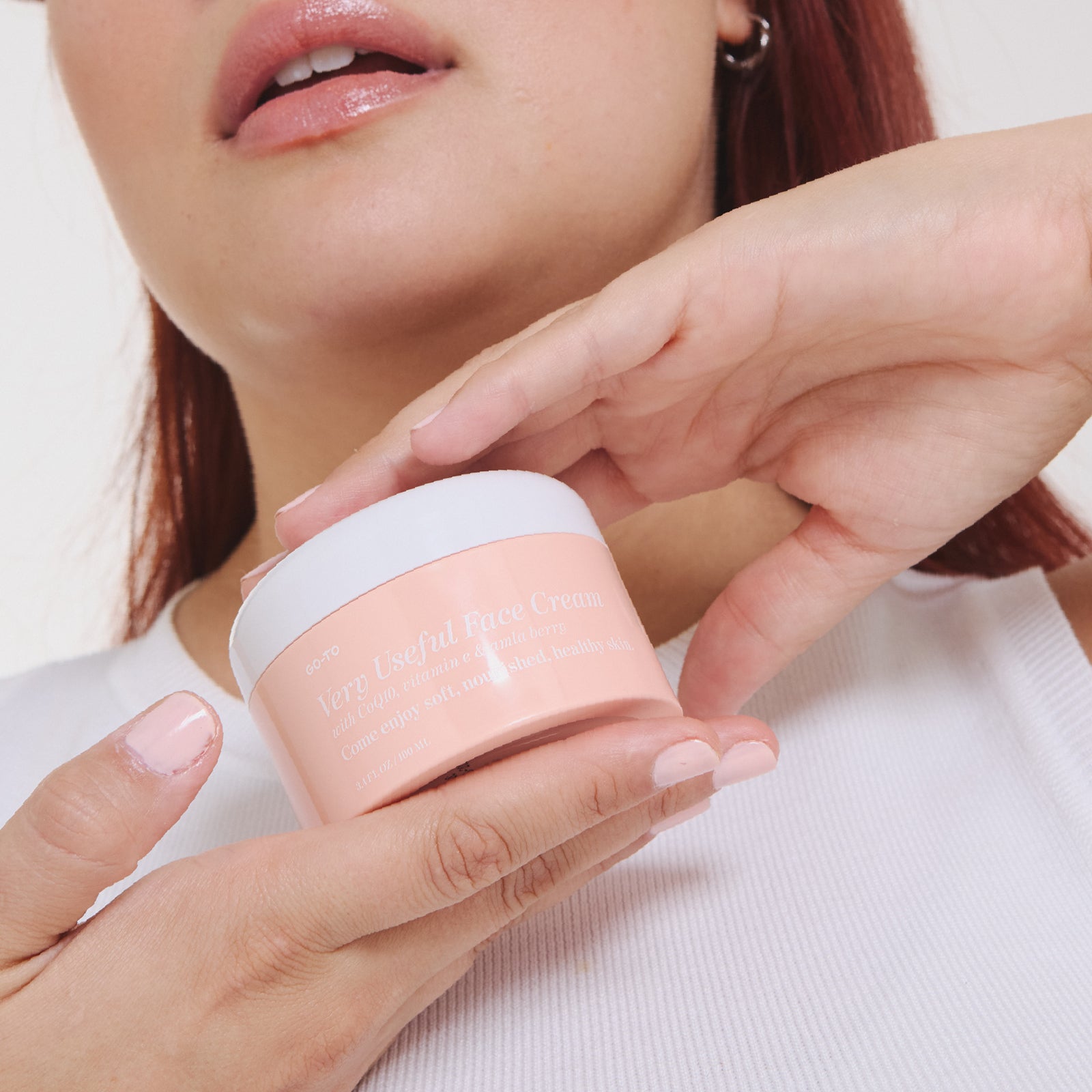

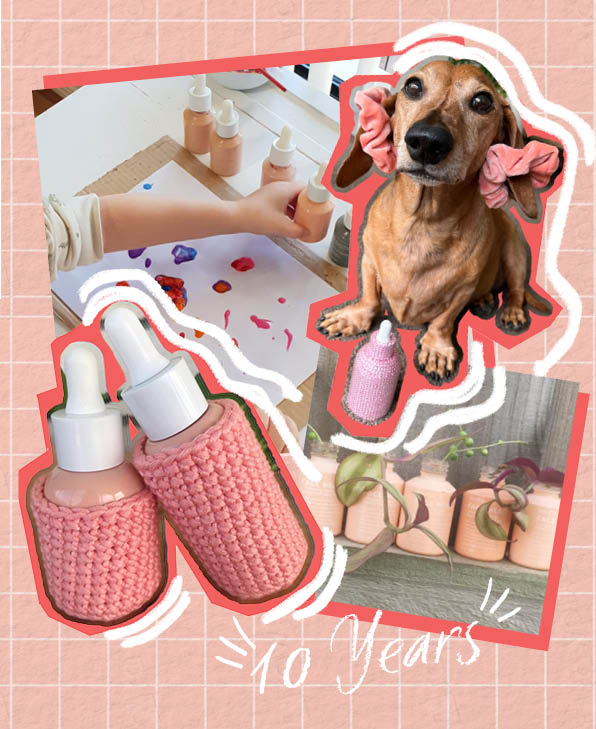
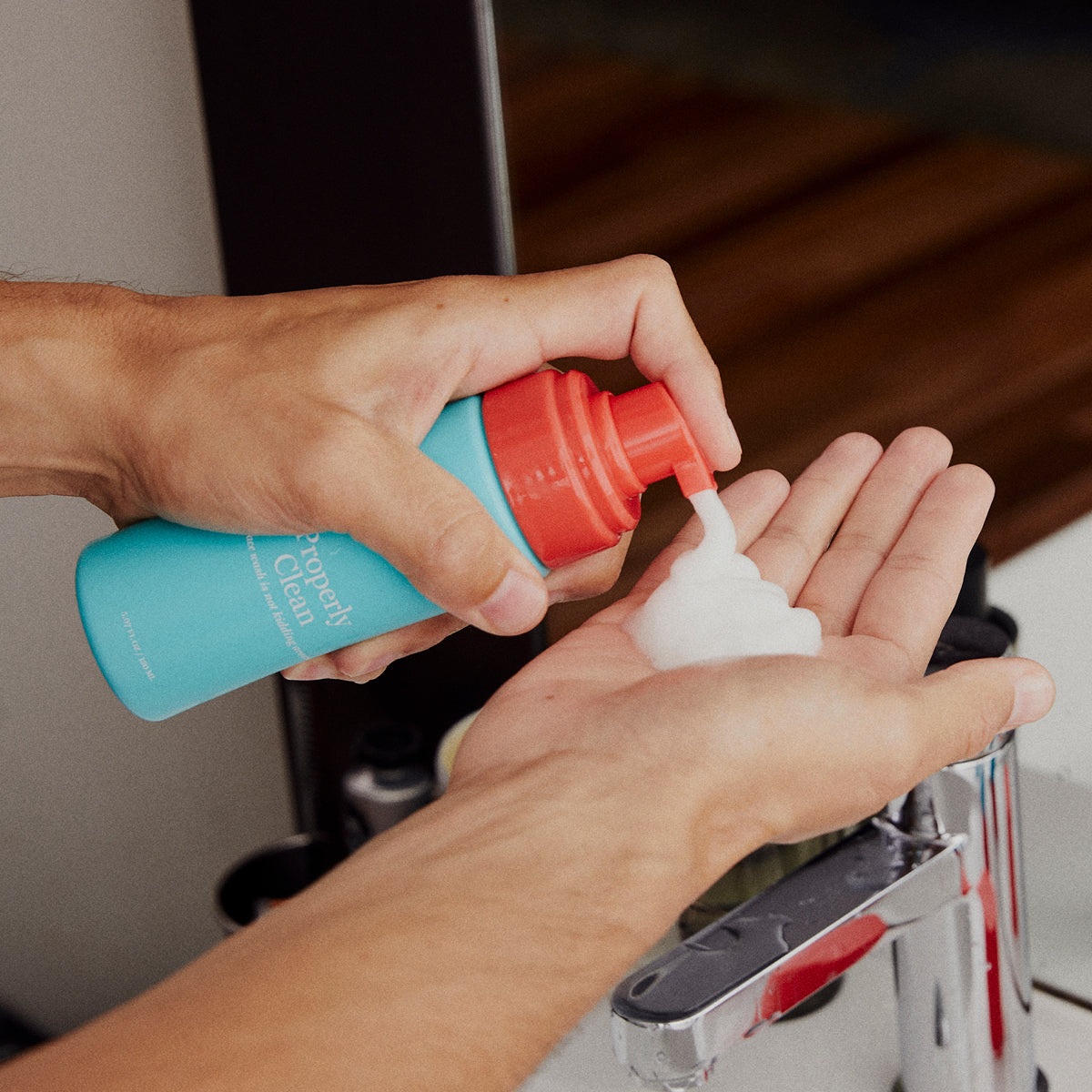
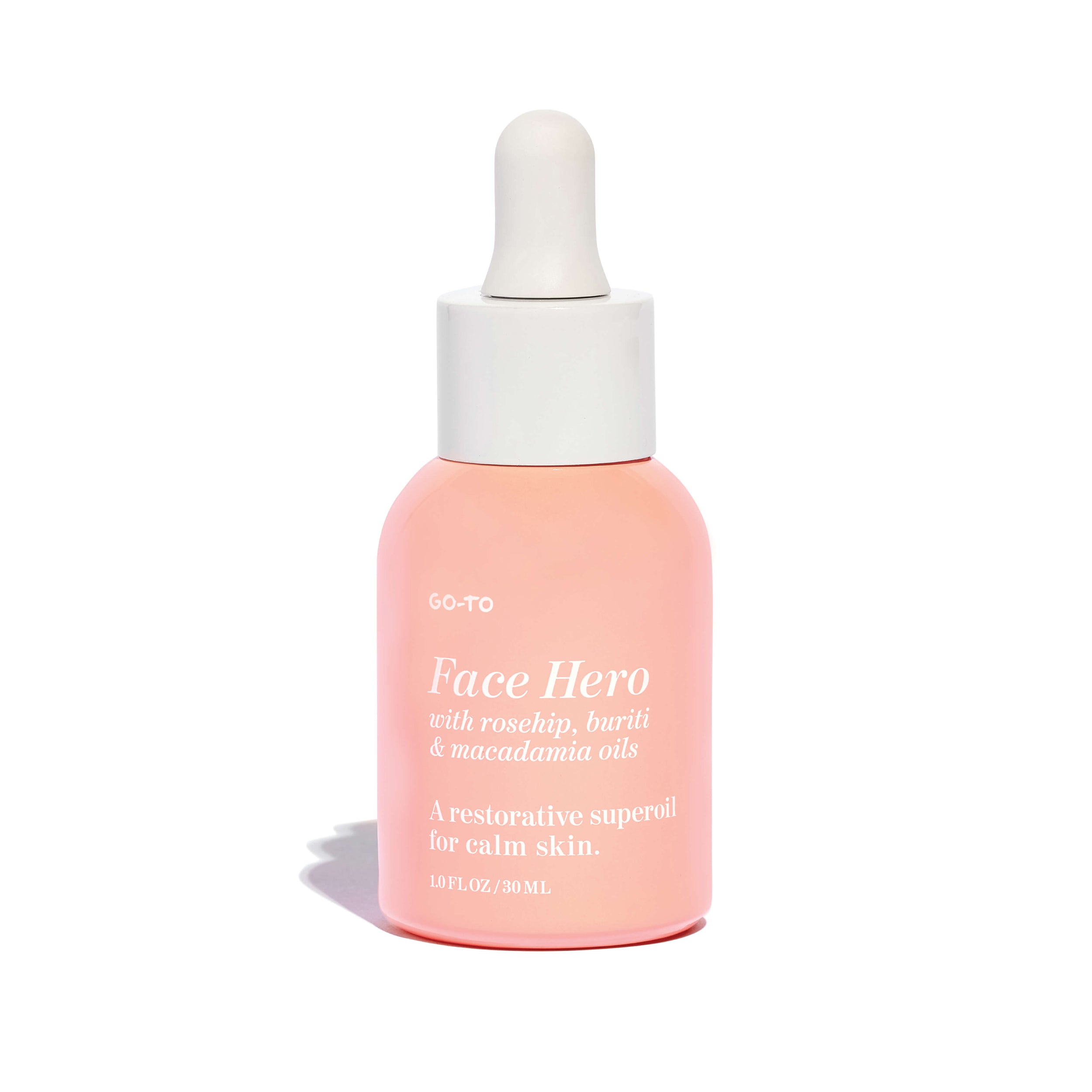
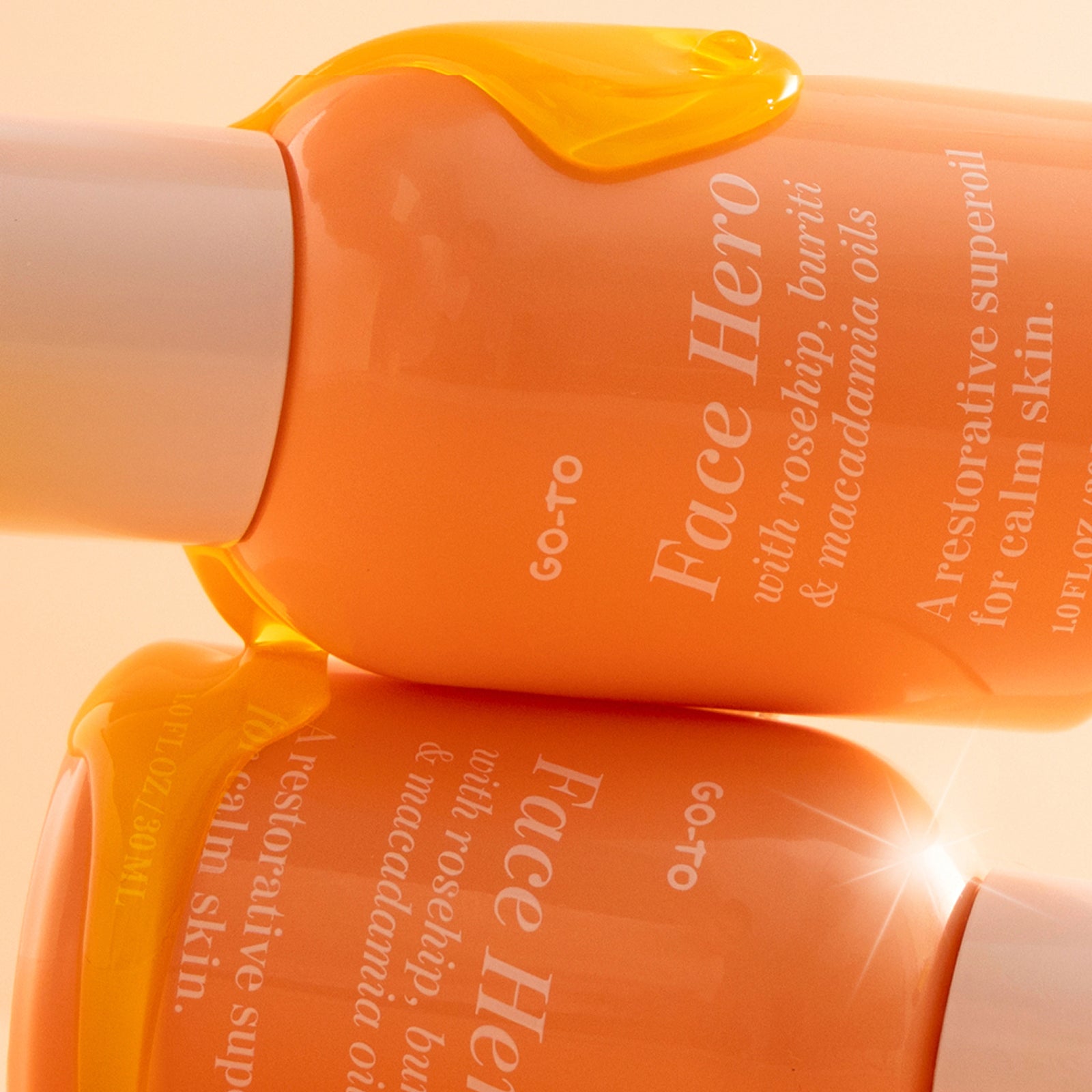
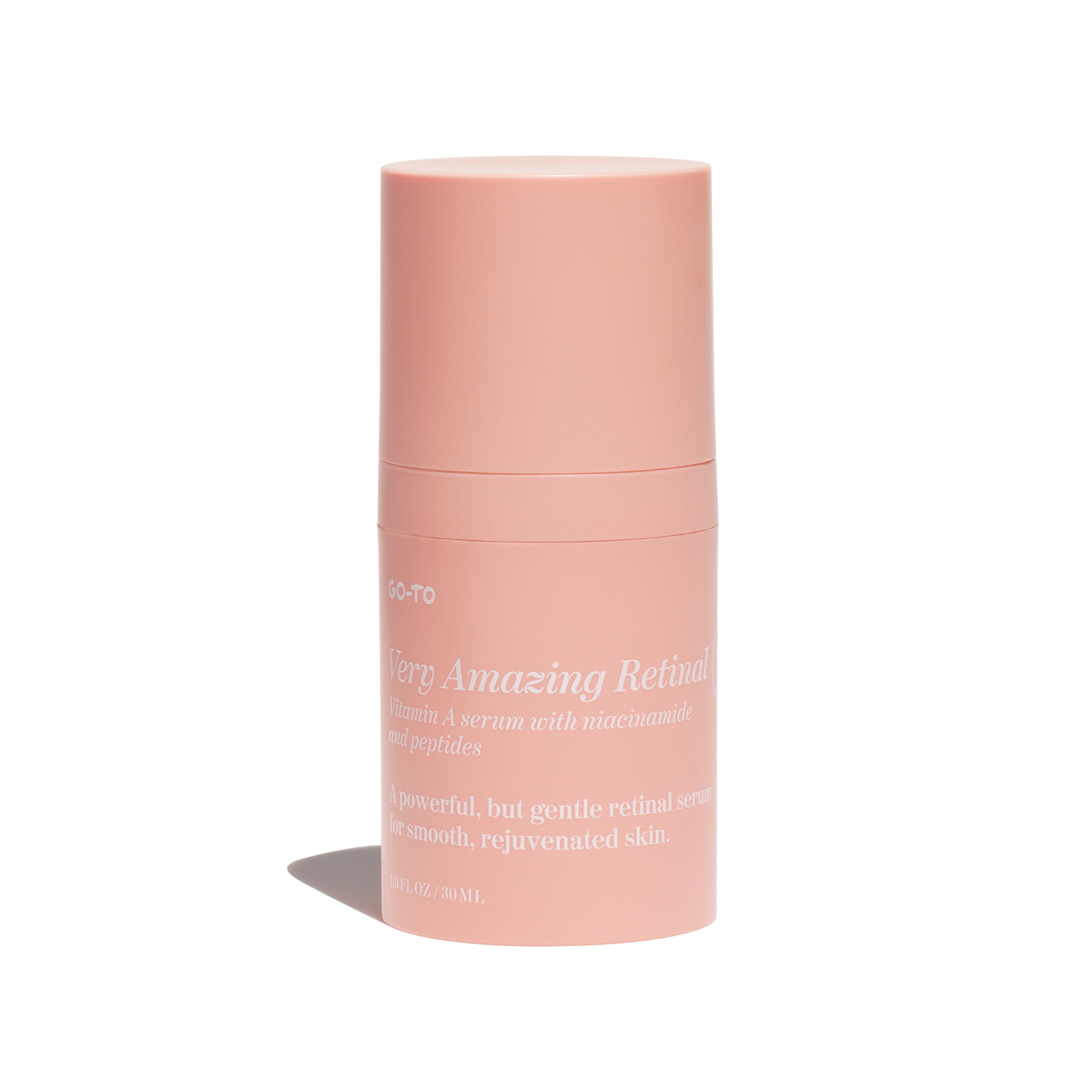
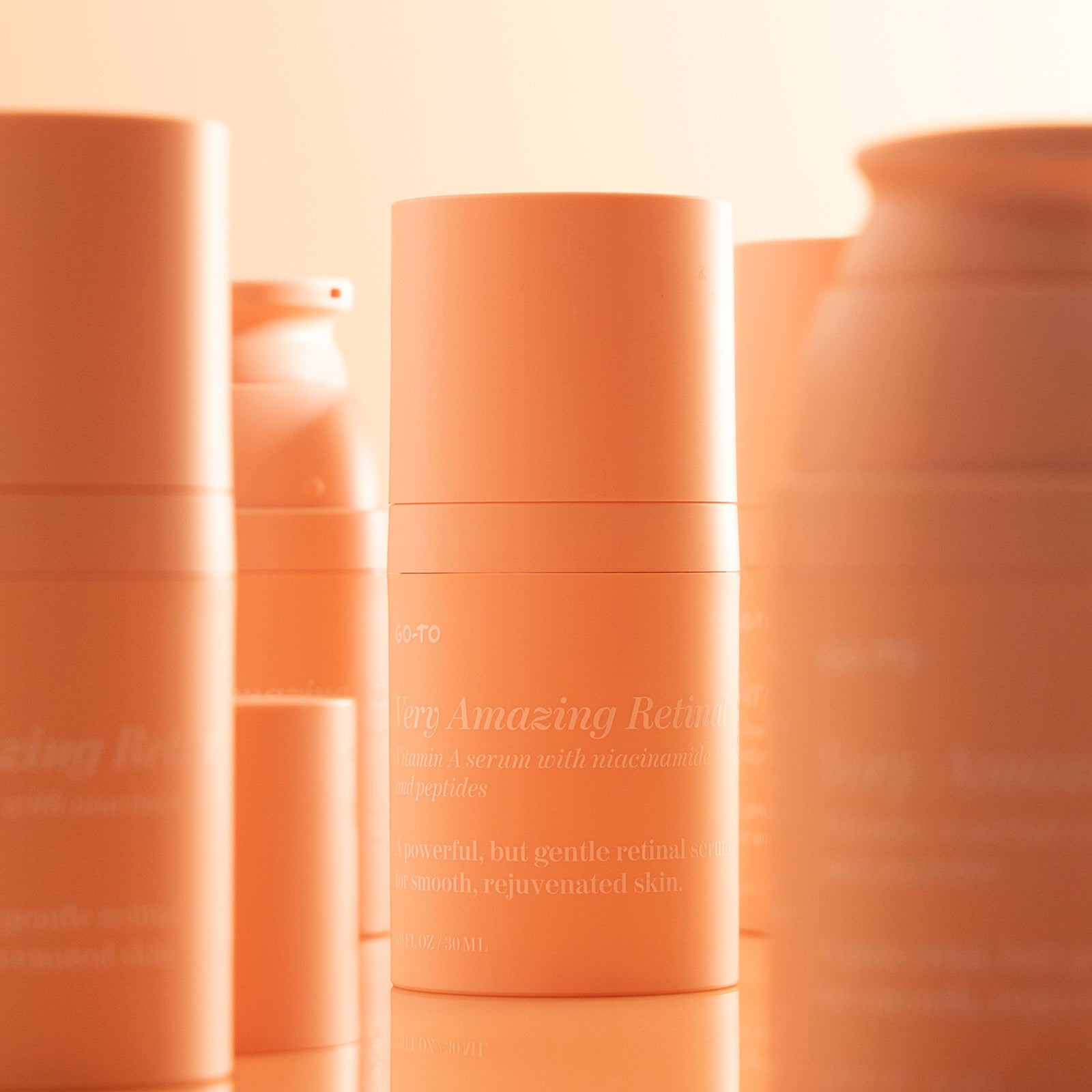
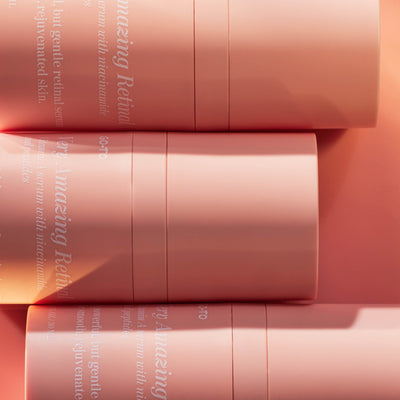
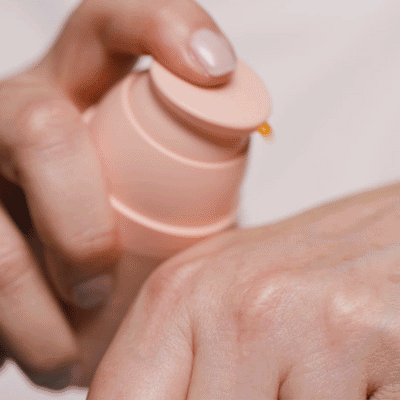
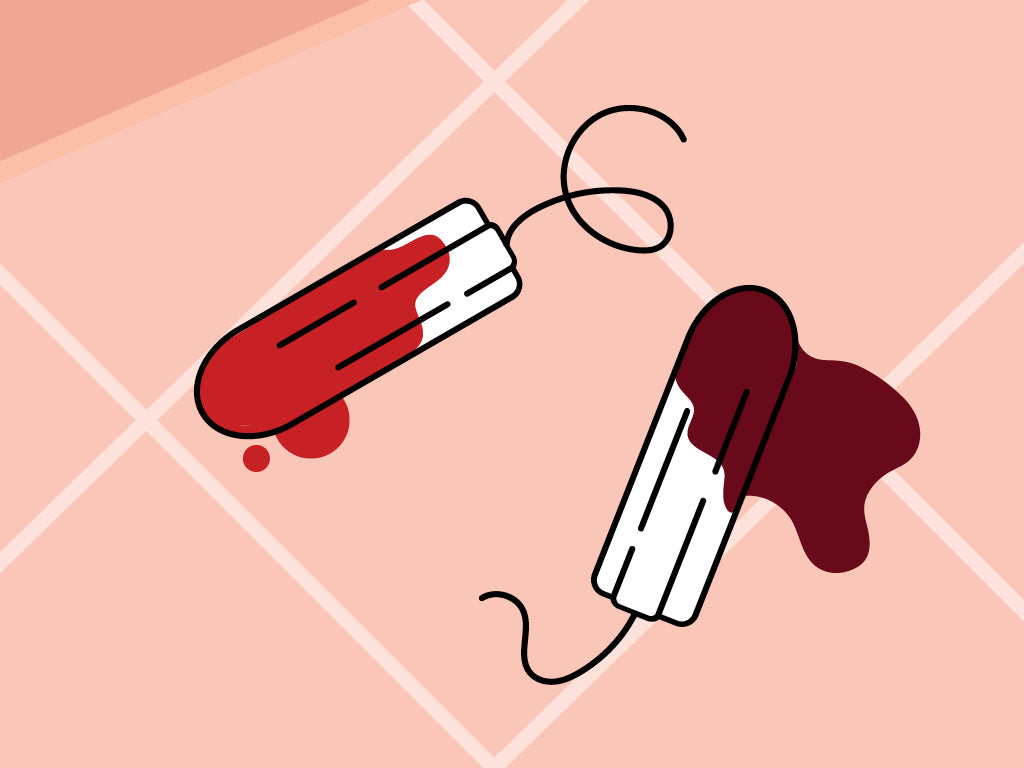

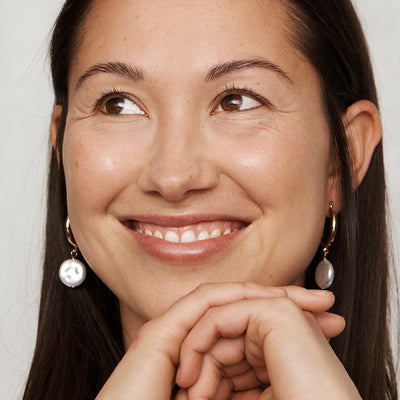
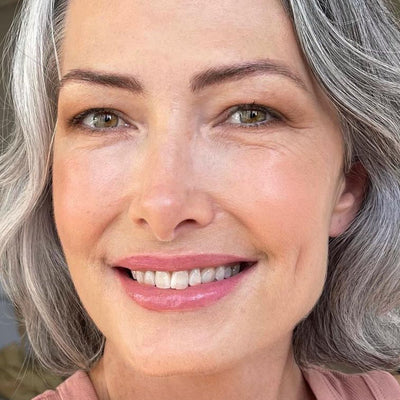
Comments